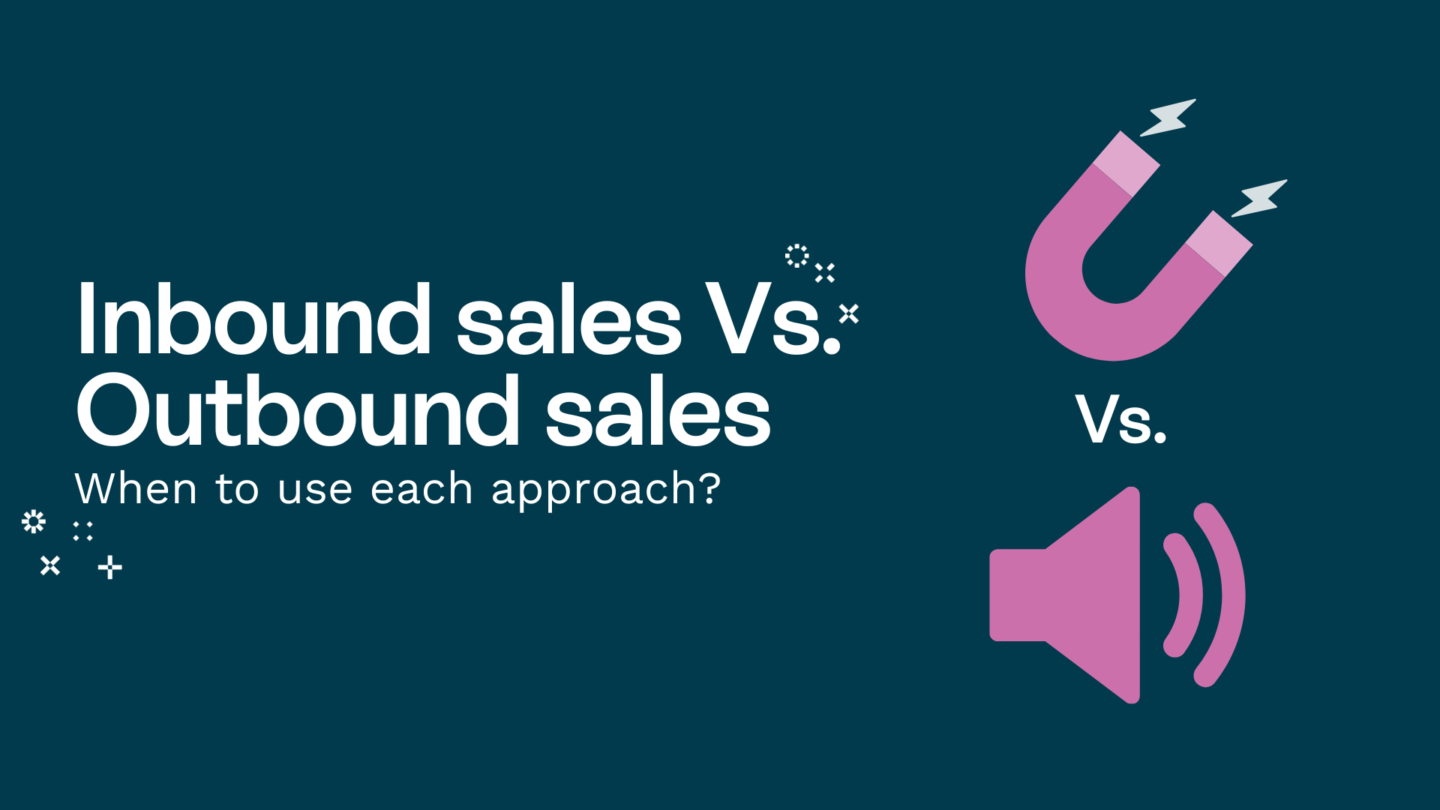
Negotiating, crafting, reviewing and processing contracts takes ages – especially if you do everything the old-fashioned, manual way. The bigger you grow, the more visible the problems. In worst-case scenarios, unoptimized contract processes can not only become a huge money sink but also create real problems for a business – you can lose out on opportunities, worsen your relationships with existing partners etc.
The answer to these woes is contract lifecycle management, but how do you implement it most effectively? What aspects should you pay attention to, and what tools should you consider? My guide to contract lifecycle management will answer all these questions and more.
See also: Contract creation: The only guide you need
What is contract lifecycle management?
Here’s Gartner’s definition of contract lifecycle management:
“Gartner defines contract life cycle management (CLM) market as a solution that proactively manages contracts from initiation through negotiation, execution, compliance and renewal. In this context, a contract is any agreement or contractual document containing rights and obligations that affect an organization now or in the future (e.g., a nondisclosure agreement). CLM solutions allow organizations to create, negotiate and store contracts in a centralized repository. Using these solutions helps mitigate organizational risk by enabling regulatory and policy compliance, providing governance over what is signed and with whom, and role-based access to terms and obligations with third parties. CLM solutions drive visibility, consistency and efficiency in the contracting process across an enterprise. Use cases are primarily aligned to parts of the process, such as presignature and postsignature. Different departments often prioritize a certain use case based on their involvement in the contracting process”.
At Oneflow, we agree with Gartner’s take. To sum things up, contract lifecycle management is about using specialized software to help organizations streamline their contract processes and ensure they can manage their contractual relationships with customers, suppliers, partners and other stakeholders more effectively, leading to reduced costs, fewer risks and better overall efficiency. It’s all about optimizing the entire contracting process.
Contract lifecycle management vs contract management

The terms “contract lifecycle management (CLM)” and “contract management” are sometimes misinterpreted as synonyms, but they are, in fact, different.
Contract lifecycle management is a modern, comprehensive approach that gives full visibility and end-to-end control over the contract management process, from the pre-signing to post-signing activities. The idea is to automate and optimize each phase as much as possible using various cutting-edge tools and technologies, such as contract lifecycle management software.
Contract management is more limited in scope. It focuses on post-execution obligations and compliance. This approach is better suited for companies with limited budgets or needs. It can be, and often is, done manually (with the help of Excel sheets and Microsoft Word documents).
To summarize, contract lifecycle management is a broader, more advanced and strategic approach that helps companies manage contracts and automates their creation, edition and analysis. It also allows businesses to optimize contract team workflows (approvals, requests, negotiations etc.) to improve efficiency.
What are the benefits of contract lifecycle management?

Have you ever had a bad experience with a company’s contract management? Maybe you had a hard time signing digital contracts, or you were sent an old agreement. Contract management systems ensure no slip-ups happen by streamlining processes during critical stages of the contract’s lifecycle.
Need any more proof of why contract lifecycle management is so important? Here are just some of the benefits:
- Faster document turnaround: According to our latest customer survey, our clients say that they save 90% of their time on completing, finalizing and signing contracts. That means they managed to reduce it from the 20-30 day standard to just 2-3 days.CLM solutions can cut that time significantly because they’re hybrid work tools. No matter where the client or contractor might be, they can still sign the document online.
- Improved efficiency: CLM software also streamlines the contract process, reducing cycle times and eliminating bottlenecks (siloed processes, slow reviews and approvals, visibility problems etc.). This allows organizations to improve overall efficiency and focus on more strategic tasks, such as negotiating better deals or finding new business partners.
- More reliable contracts: A CLM system improves the reliability of contracts and ensures they’re up-to-date. Nobody wants to work on and send contracts that don’t get signed. Offering a customer an out-of-date contract can strain your relationship. In the best-case scenario, you’ll have to update it and go through the tedious contract lifecycle again. Otherwise, you operate based on a faulty contract, which can cause severe problems down the line.
- Better word-of-mouth growth: Word-of-mouth recommendations remain one of the best ways to grow a brand. A CLM solution can help make it even better. Excellent contract lifecycle management processes improve the customer journey and give people more reason to talk to their friends about how smooth working with you is.
- Fewer human errors: Automation removes most human errors that could otherwise negatively affect the company (e.g., typographical errors, poor explanation of terms).
- Mitigate risk and compliance issues: Poor contract management practices sometimes lead to legal issues that could present many problems to a company’s reputation. Projects and agreements should be clear as day. Contract lifecycle management streamlines contract revisions and improves compliance, ensuring you’re in a better place from a legal and PR standpoint.
- Cost savings: Great management can lead to significant cost savings by optimizing contract terms and reducing contract cycle times. It helps identify areas where terms can be renegotiated and improved, potentially leading to cost savings.
- Better collaboration: A CLM tool facilitates better collaboration between stakeholders such as legal, procurement and finance teams. It creates a centralized repository of agreements, allowing everyone to access them from a single location and simplifying managing contracts.
- Enhanced visibility: CLM software provides enhanced visibility into the entire contract lifecycle, allowing organizations to track contract status (including the contract’s effective date), monitor performance and identify areas of improvement.
See also: Understanding contractual capacity
How does contract lifecycle management software work?

According to G2 Crowd,
“Contract Lifecycle Management (CLM) software is used to streamline the entire contract lifecycle process, from pre-signature to post-signature. Unlike contract management software, CLM software helps users manage actions post-signature (or post-execution), including obligation tracking, performance and compliance management, and dispute resolutions. This type of software assists businesses in ensuring all internal and external parties understand and deliver on their contractual obligations by centrally storing all obligation terms and communications. Additionally, CLM software provides visibility into the performance of contracts as well as risk mitigation for non-compliance”.
To get the best results (including the benefits listed above), you must invest in automation tools for contract lifecycle optimization. A good solution should provide automation capabilities, help you improve compliance, generate insights and provide workflow optimization features.
Oneflow is an excellent example of contract management software. It’s intuitive, very easy to connect to other systems and applications and offers plenty of useful features:
- Tracking – Monitor the contract signing process from preparation to signing and beyond. Track when and how many times people open documents etc. Oneflow’s calendar lets you watch every crucial lifecycle contract event.
- Management – Configure reminders, lifecycle notifications and admin roles to streamline contract management in your company.
- E-signatures – Use legally binding e-signatures that support various signing methods (standard e-signature, handwritten signature, SMS verification, electronic identification).
- Oneflow AI – Import existing contracts (one by one or many at once), review them for compliance issues and human errors and access powerful search options to find whatever information you need quickly.
- Dynamic templates – Use customizable templates (which you can share with others) to create contracts or send notifications and invite messages quickly and easily.
- Collaboration – Your teams can work together on the same document version without the need to track approvals or jungle multiple drafts. This eliminates the need for lengthy email exchanges and ensures no modification gets overlooked.
- Workspaces – Create workspaces explicitly organized for your company’s workflows (and adequately branded) and use them to organize contracts. Run audit trials and use shared video screen recordings and comments to improve collaboration. Configure triggers and rules to make some sections inaccessible to unauthorized users.
- Analysis – Access contract tracking tools to monitor critical key KPIs and engagement data (number of visitors, open rate etc.).
- Integrations – Use various types of integrations (including popular apps like Teatailor, Hubspot or Salesforce) to customize our system to your particular scenario.
Check out Oneflow with our 14-day free trial, or book a live demo with our team.
What are the phases of contract lifecycle management?

Depending on who you ask and in which industry they work, you can get slightly different answers about contract lifecycle management phases. However, generally speaking, there are six main steps:
- Contract initiation: is the first phase of the contract lifecycle, where the need for a new contract is identified and the contract request is initiated. This step may involve identifying key stakeholders, gathering requirements and creating a business case to justify the contract.
- Contract drafting: In this phase, the contract is created. This includes negotiating terms and conditions, reviewing legal and regulatory requirements and obtaining stakeholders’ approval.
- Contract review and approval: Once the contract is drafted, it is reviewed to ensure that it is legally sound and meets the requirements of all parties involved. The agreement may be revised or modified as necessary before the final approval.
- Contract execution: This phase involves the actual signing and execution of the contract, as well as steps such as exchanging signatures, recording the agreement in a contract management system and distributing copies to all relevant parties.
- Contract performance and monitoring: Once the contract is executed, monitoring and managing its performance is essential. This involves tracking key metrics, ensuring compliance with contractual obligations, and addressing any issues.
- Contract termination or renewal: While there are contracts without an expiration date, most cease working at some point. As the contract expires, the parties may decide to terminate or renew the contract. This phase is all about negotiations, drafting a new contract or terminating the existing one.
See also: B2B sales strategies for growing your business and What happens to contracts when they expire?
Industries that benefit from an optimized contract lifecycle management process

Almost all industries can benefit from contract lifecycle management software, regardless of whether they operate in the B2B or B2C. Here are just a few examples:
- Technology: The main purpose of CLM in tech is to modernize the way companies work with contracts and reflect their modern industry. Proper contract lifecycle management processes are key in this sector, as they help with renewals, negotiations and selling more. Plus, the best contract lifecycle management systems integrate with all existing and changing ecosystems.
- Consulting: CLM for consulting services removes the need for manual administration of client proposals, partner agreements and consultant hires. Instead, you can deliver customized, interactive proposals with live editing and engagement tracking features.
- Recruitment: Oneflow’s standardized, logic-based contracts ensure candidate contracts are always compliant, synced and legally approved. CLM software gives better visibility into the hiring process with negotiation tracking.
- Insurance: Insurance companies use contracts for everything, from policy agreements to vendor contracts. Depending on the underwriting process, you can also use contract templates to ensure you have a wide range of contracts to go.
- Manufacturing: The manufacturing industry relies on contracts with suppliers, distributors and other partners. Contract lifecycle management helps manufacturing organizations manage these agreements more effectively by providing greater visibility into contract terms and obligations, improving contract compliance and streamlining contract administration. Manufacturing organizations can also reduce the risk of supply chain disruptions and enhance operational efficiency.
- Financial services: This industry is heavily regulated, and compliance is a top priority. Contract lifecycle management can help financial institutions manage their contracts and ensure they comply with relevant regulations while mitigating risks. Additionally, contract management tools can help financial services organizations reduce costs associated with contract management by automating tasks such as contract creation, negotiation and renewal.
- NGOs: NGOs often find themselves having to sign many contracts internationally and, depending on their field of work, at short notice. Contract lifecycle management covers all this, from fundraising agreements to vendor contracts.
See also: A Basic Guide on Electronic Signatures and What Makes Them Legal
Best practices for contract lifecycle management

When setting up contract lifecycle management, knowing where to begin can be challenging. Here are just a few of our top tips to help you get started:
- Establish a clear contract management process – A well-defined process for contract creation, review, approval, execution and ongoing management ensures that all contracts are managed consistently and effectively.
- Define roles and responsibilities – This ensures everyone is held accountable and helps avoid confusion or misunderstandings in teams.
- Use contract management software – Contract management software automates and streamlines all aspects of the contract management process, including contract creation, review, approval and monitoring, while reducing human errors.
- Set up a contract repository – A centralized location where contracts are stored and easily accessible makes tracking contract status, deadlines and other important information easier.
- Implement contract tracking and reporting – This includes tracking contract status, deadlines and other important milestones.
- Ensure contract compliance – Monitor compliance with contractual obligations and take action when necessary to avoid legal and financial risks.
- Establish clear communication channels – Ensure all parties involved in the contract management process are informed and up-to-date on contract status, changes etc.
The key takeaways
By implementing a CLM system, organizations automate their contract management processes, reduce risks and costs related to human errors and improve compliance, collaboration and efficiency. These tools also collect valuable data, allowing contract analytics and generating insights that improve future decisions.
Implementing a contract lifecycle management solution in your company can be daunting, which is why we made Oneflow intuitive to use from day one. If you want CLM features, useful integration options and a suite of AI enhancements, try Oneflow and all its capabilities with our free, no-strings-attached, 14-day trial.
FAQs
What are the 5 phases of the contract life cycle?
-
- Contract creation and authoring – drafting the terms and conditions.
-
- Contract negotiation and collaboration – ensuring all parties agree on the contract’s content.
-
- Contract award and execution – formal signing of the contract.
-
- Contract administration – ongoing management and fulfilment of the contract terms.
-
- Contract close-out or contract renewal phase – the conclusion or extension of the contract terms.
What is the concept of the contract management cycle?
The contract management cycle is a comprehensive framework guiding contract management from pre-sign to post-sign. It’s designed to streamline the contract process, reduce risks and enhance the overall value of contracts within an organization.
What is a contract lifecycle management system?
Contract lifecycle management solutions are applications that manage contracts from initiation through execution, compliance and renewal.
How to learn contract lifecycle management?
Many online guides can teach you the fundamentals of contract lifecycle management – Oneflow’s resource section offers various articles, a handy glossary, a product tour and extensive learning resources you can use. For more advanced knowledge, consider paid courses and certifications, such as the Contract Lifecycle Management course at Lawctopus Law School or learning materials from World Commerce and Contracting.







